Agostino Tagliabue, Genoa, Italy c.1800 (IT012)


Agostino Tagliabue, Genoa, Italy c.1800 (IT012)
Every now and then, something truly remarkable appears—and this small Italian cello is precisely that.
Crafted in Genoa around 1800 (possibly earlier), this instrument measures 701mm in back length, making it smaller than today's standard 4/4 cellos. It would qualify as a generous 3/4 or a modest 7/8 size.
The cello's size and design have evolved dramatically over the centuries. Throughout the 16th and 17th centuries, it served primarily as a bass instrument and was considerably larger. Cellists of that era functioned as accompanists, rarely venturing into the higher register. This changed when composers like Luigi Boccherini began writing solo cello repertoire, prompting players to seek smaller instruments that offered greater freedom in the upper positions.
Most modern cellos now follow Antonio Stradivari's celebrated B-form design of around 1710. However, luthiers through history maintained their own templates—either by preference or at a player's request. The renowned Giovanni Battista Guadagnini, for instance, used two cello templates: one with a 740mm back and another at 715mm. This instrument was likely created during an era when common cello dimensions had not yet been firmly established.
There's an intriguing alternative possibility: this cello may have originally been a piccolo cello. These smaller baroque instruments were tuned an octave higher and sometimes featured a fifth string. Bach's Sixth Cello Suite (c.1720) is believed to have been composed for such an instrument.
The cello currently has a modern setup including bass bar, fingerboard, endpin, tailpiece, and metal strings. However, it could readily be converted to baroque specification as a cello or as a four-string or five-string piccolo cello.
Despite its compact size, the playing string length is a substantial 664mm. This has been achieved through unusually low placement of the f-holes relative to the middle bouts, which extends string length but makes playing near the bridge more demanding.
The instrument bears the signature of Agostino Tagliabue on the interior back plate. Unfortunately, his name doesn't appear in any violin-maker directories. "Tagliabue" (meaning "cutter of meat" or "butcher") is common in Italy, so uncovering more about this maker would require careful research through church records and genealogical archives. The quality of workmanship suggests an experienced hand—it seems unlikely this was Tagliabue's only instrument, though whether others survived remains unknown.
A 1959 repair label from John A. Gould & Sons of Boston is present, along with a stock label numbered '1202' (believed to be a Gould inventory number).
The construction reveals distinctly early Genoese characteristics:
One-piece willow back (unusual today but common in Italian work of this period)
Willow ribs
Three-piece spruce top (rather than the typical two-piece)
Beech linings (we believe)
One-piece bottom rib
A local luthier is prepared to issue a certificate authenticating its early Genoese origin.
The cello is in good playing condition. While there are numerous repairs, particularly to the ribs—typical for an instrument of this age—the willow back is in remarkably fine condition with no soundpost crack or repair.
Back length: 701mm
High-resolution photographs available upon request
Please inquire about pricing

